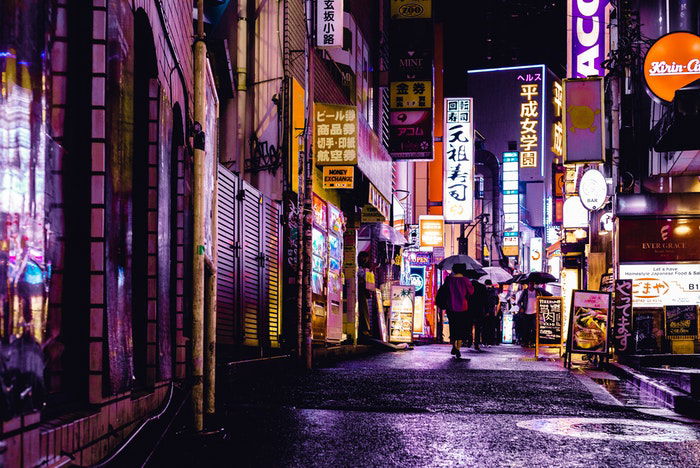The Buzz on Street Photographers
The Buzz on Street Photographers
Blog Article
The Of Street Photographers
Table of ContentsStreet Photographers for BeginnersThe Only Guide to Street PhotographersThe smart Trick of Street Photographers That Nobody is DiscussingThe Ultimate Guide To Street PhotographersThe Street Photographers PDFs
Street digital photographers do not always have a social objective in mind, but they choose to isolate and catch minutes which could or else go unnoticed.He was affected by many of those who affected the road digital photographers of the 1950s and '60s, he was not primarily interested in recording the spirit of the road., who worked side by side with digital photographers trying to catch the essence of urban life.
Due to the fact that of the somewhat primitive modern technology readily available to him and the long exposure time called for, he battled to record the pressure of the Paris roads. He trying out a collection of photographic methods, trying to locate one that would allow him to capture movement without a blur, and he discovered some success with the calotype, patented in 1841 by William Henry Fox Talbot. As opposed to Atget, professional photographer Charles Marville was hired by the city of Paris to produce an encyclopaedic file of Haussmann's urban planning job as it unfolded, thus old and brand-new Paris. While the digital photographers' subject was basically the exact same, the results were noticeably various, demonstrating the impact of the digital photographer's bent on the personality of the images he generated.
The 10-Second Trick For Street Photographers
Given the fine quality of his pictures and the breadth of product, architects and artists usually got Atget's prints to utilize as recommendation for their very own job, though business interests were barely his main inspiration. Instead, he was driven to photograph every last remnant of the Paris he liked. The mingled enthusiasm and necessity of his mission sparkle through, leading to photographs that narrate his own experience of the city, top qualities that expected road photography of the 20th century.

Unlike his peers, Brassa used a larger-format Voigtlnder camera with a longer direct exposure time, forcing him to be a lot more calculated and thoughtful in his method than he may have been if making use of a Leica.

The Facts About Street Photographers Uncovered
It is as a result of this basic understanding of the art of image taking that he is frequently credited with discovering the tool over here around again about a century since its innovation. He took photographs for greater than a half century and influenced generations of photographers to trust their eye and intuition in the minute.
These are the inquiries I will attempt to answer: And after that I'll leave you with my own definition of street digital photography. Yes, we do. Let's begin with defining what a definition is: According to it is: "The act of defining, or of making something precise, distinctive, or clear".
No, most definitely not. The term is both limiting and deceiving. Appears like a street digital photography need to be photos of a roads right?! And all road digital photographers, except for a small number of absolute newbies, will totally appreciate that a road is not the vital part to street photography, and actually if it's a photo of a street with maybe a few uninteresting individuals not doing anything of passion, that's not road digital photography that's a snapshot of a road.
A Biased View of Street Photographers
He makes a legitimate point don't you believe? While I concur with him I'm not sure "candid public digital photography" will catch on (although I do kind of like the term "candid photography") because "street digital photography" has actually been around for a lengthy time, with numerous masters' names attached to it, so I think the term is below to stay. Street Photographers.
Inside?! I hear you scream as you drink your clenched fist to the skies. Why not? You can fire at the beach, at an event, in a street, in a park, in a piazza, in a coffee shop, at a museum or art gallery, in a metro terminal, at an occasion, on a bridge, under a bridge ...
Yes, I hesitate we have no selection! Without rules we can not have an interpretation, and without a meaning we do not have a genre, and without a category we don't have anything to define what we do, therefore we are stuck in a "policies interpretation style" loop! And no-one wishes to obtain stuck in a loophole. - Street Photographers

Report this page